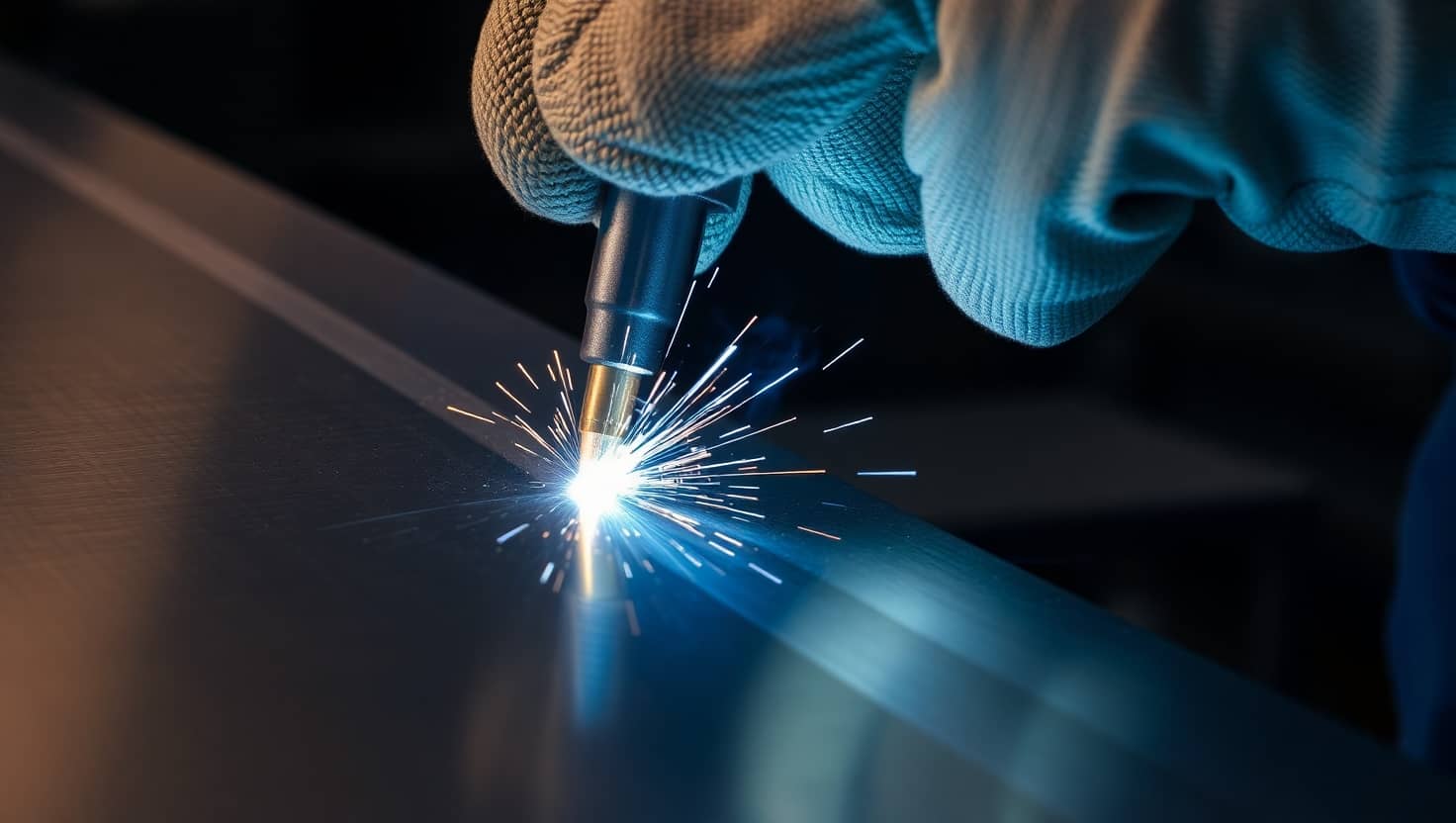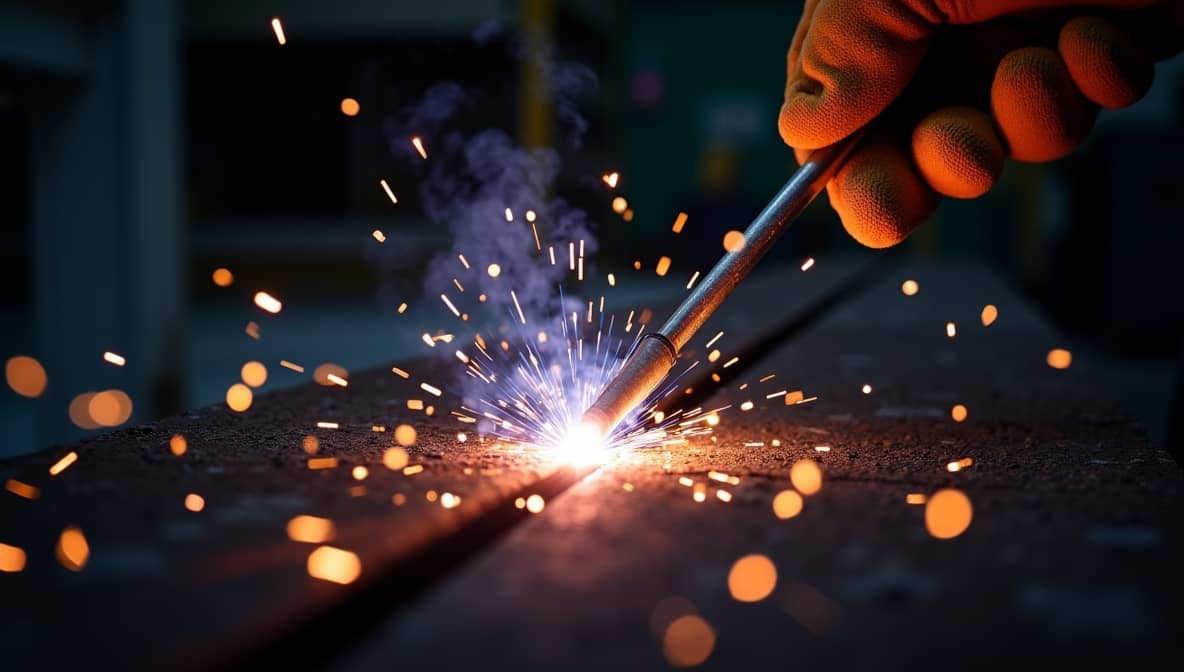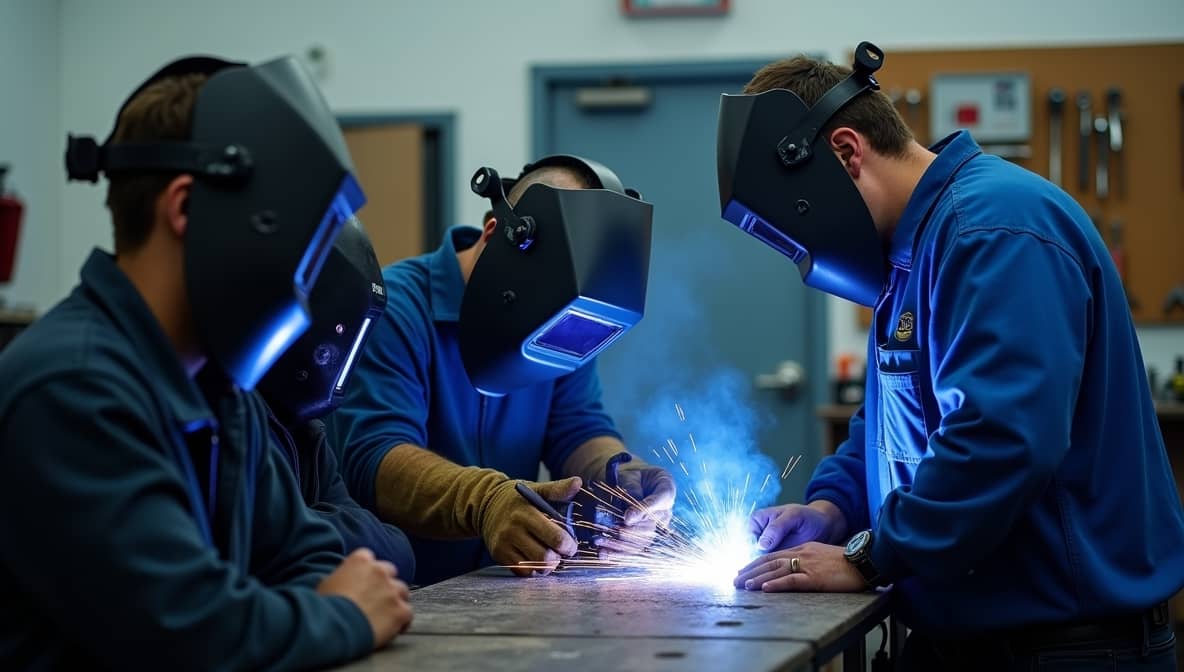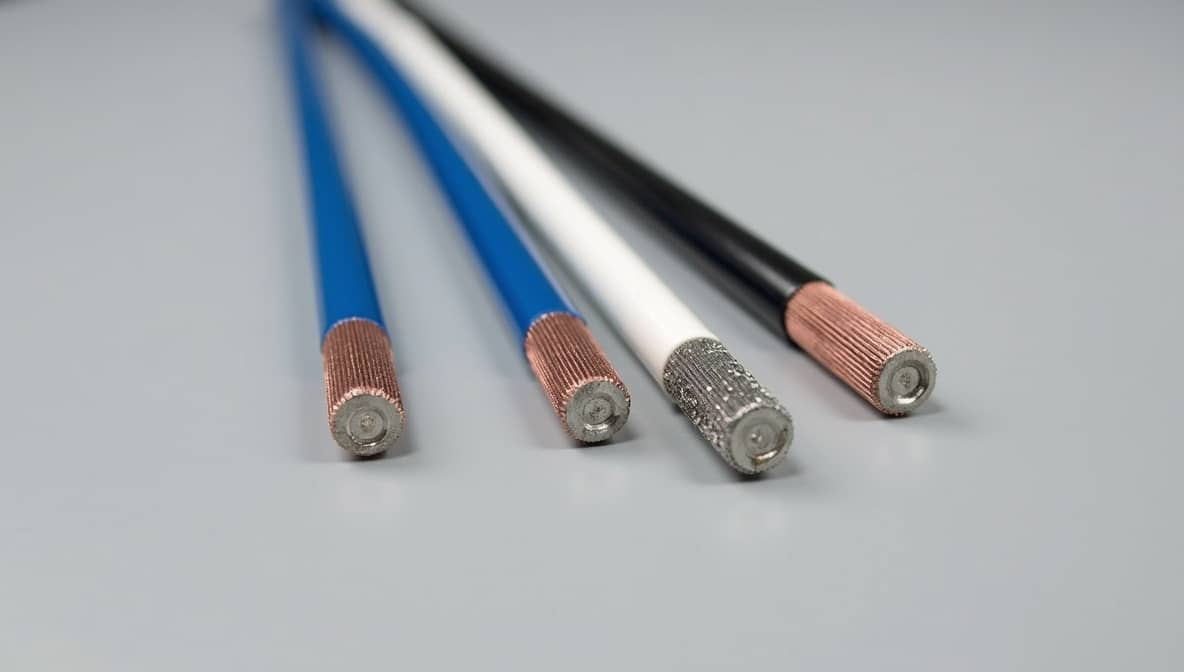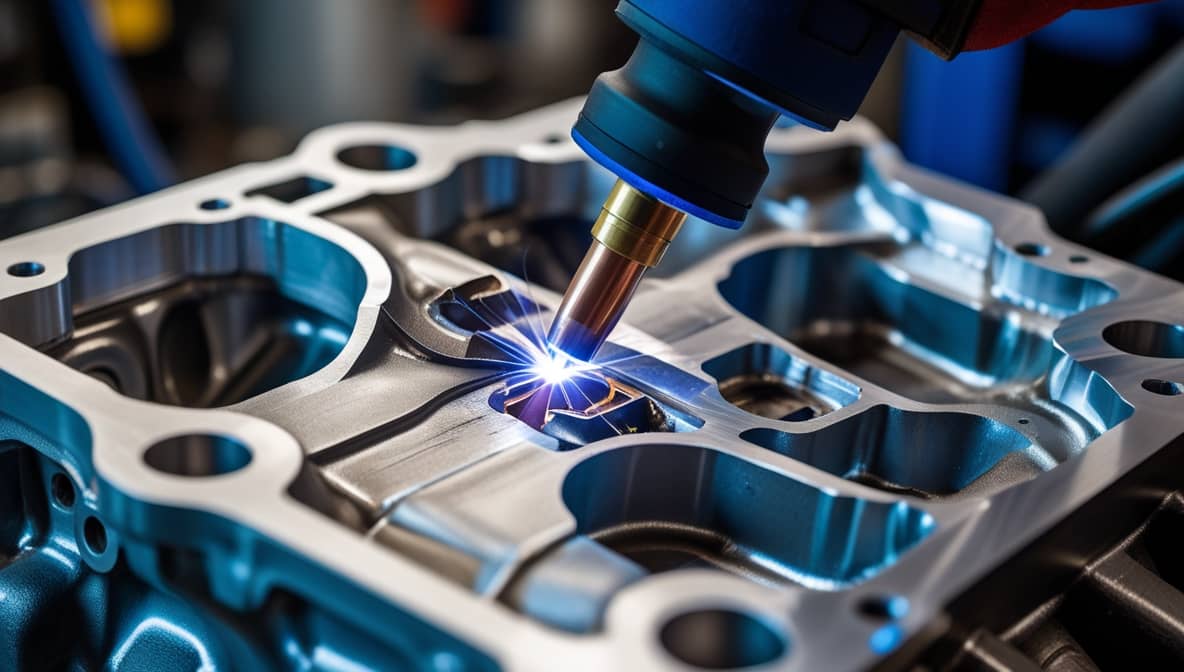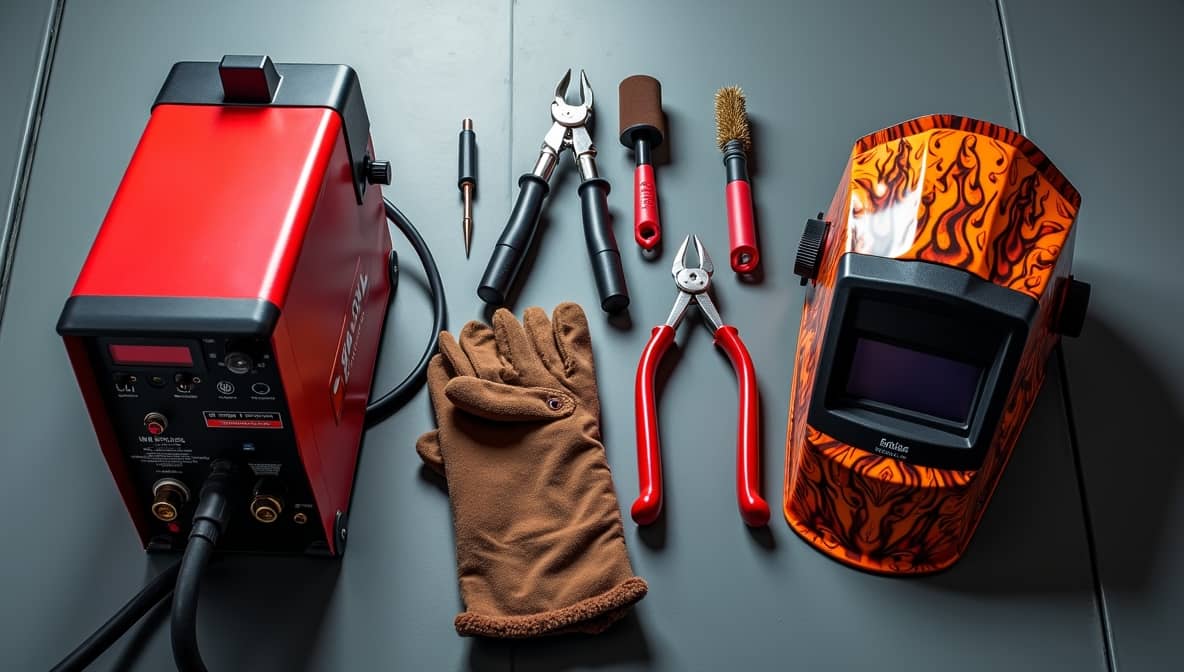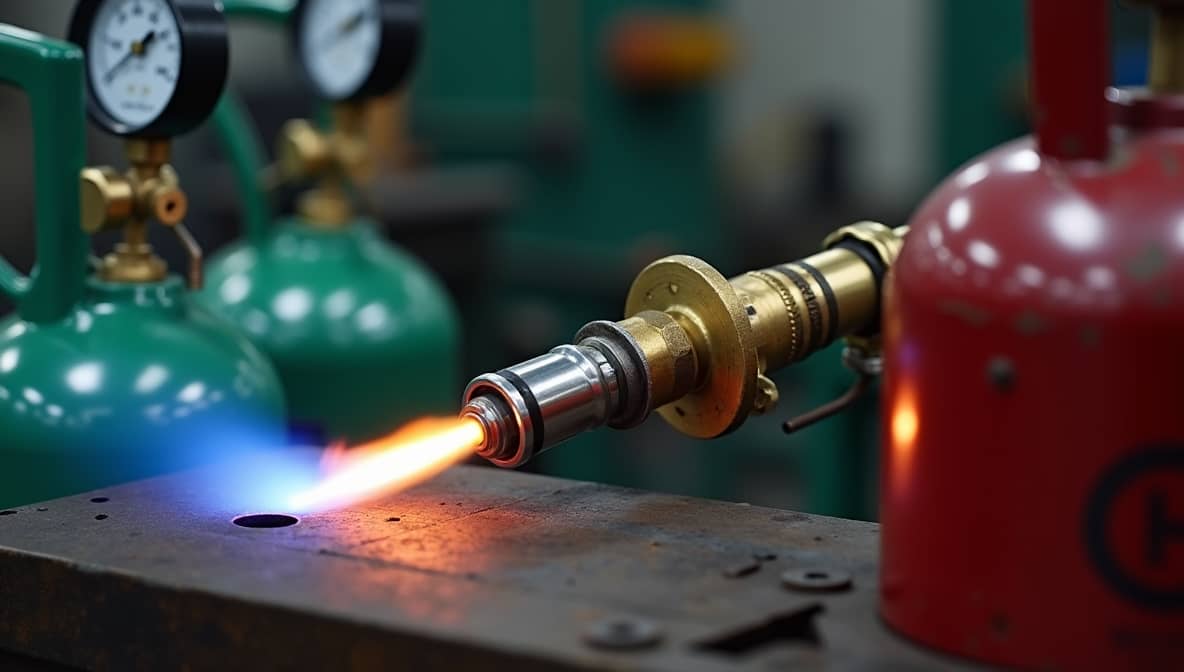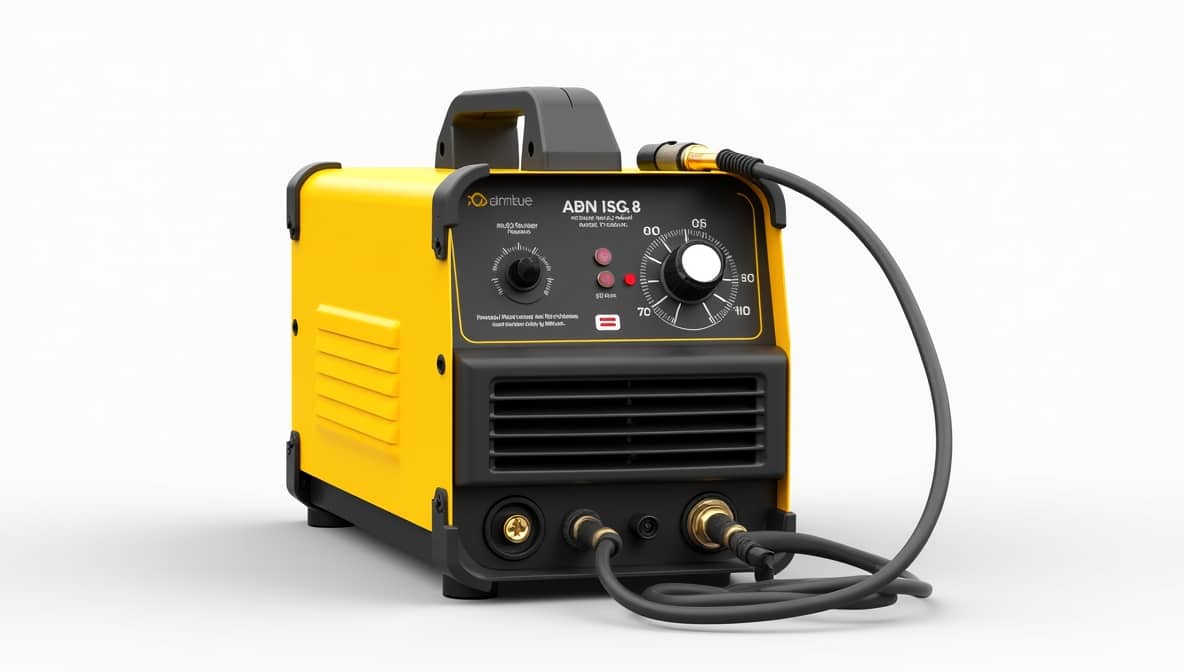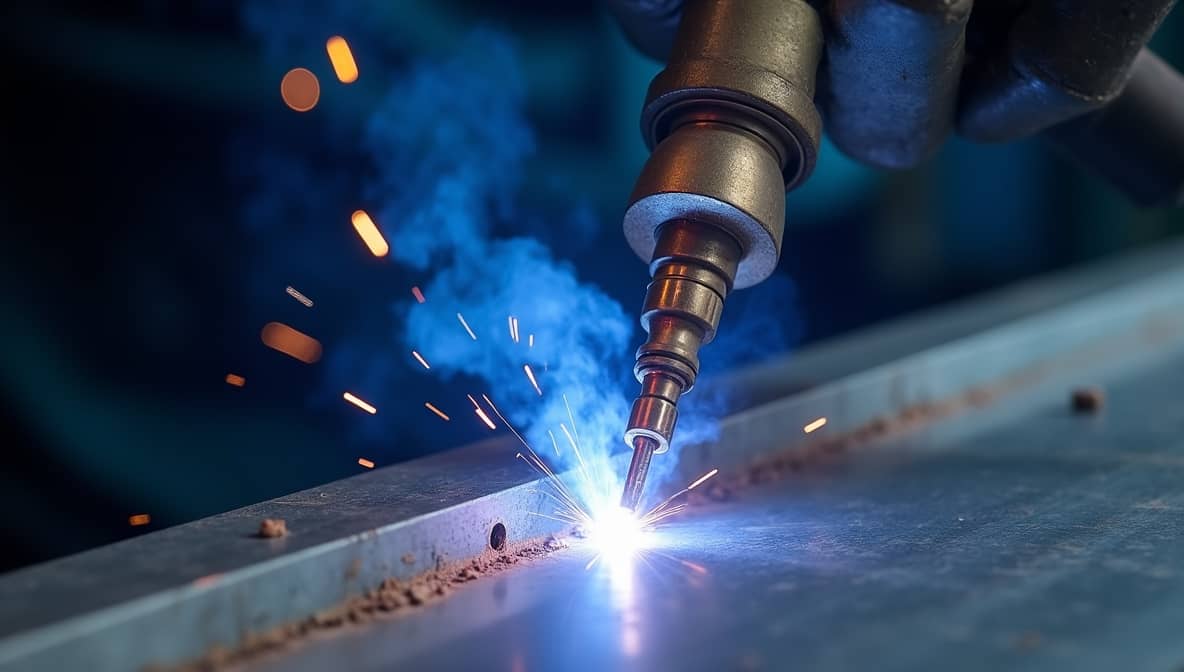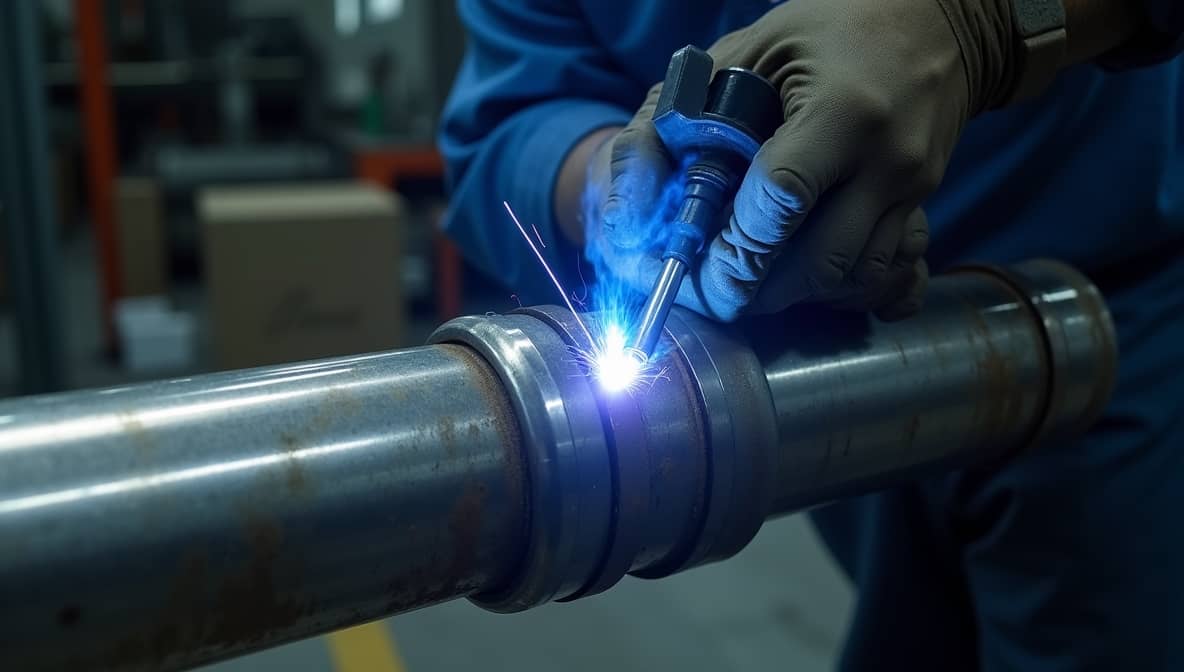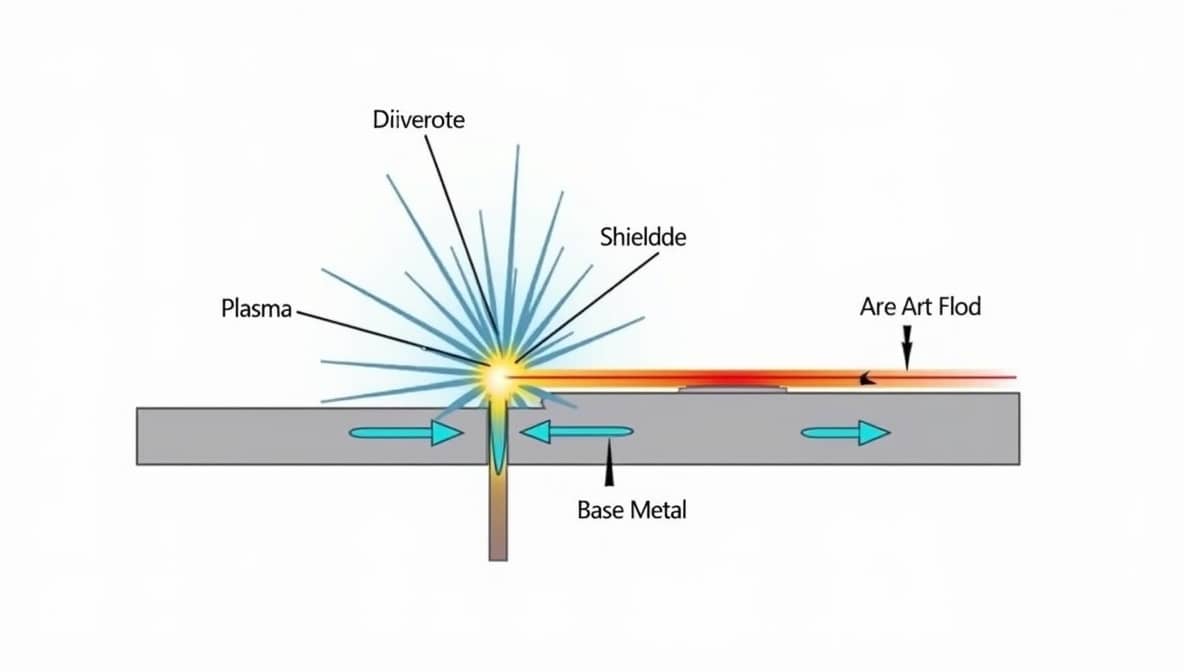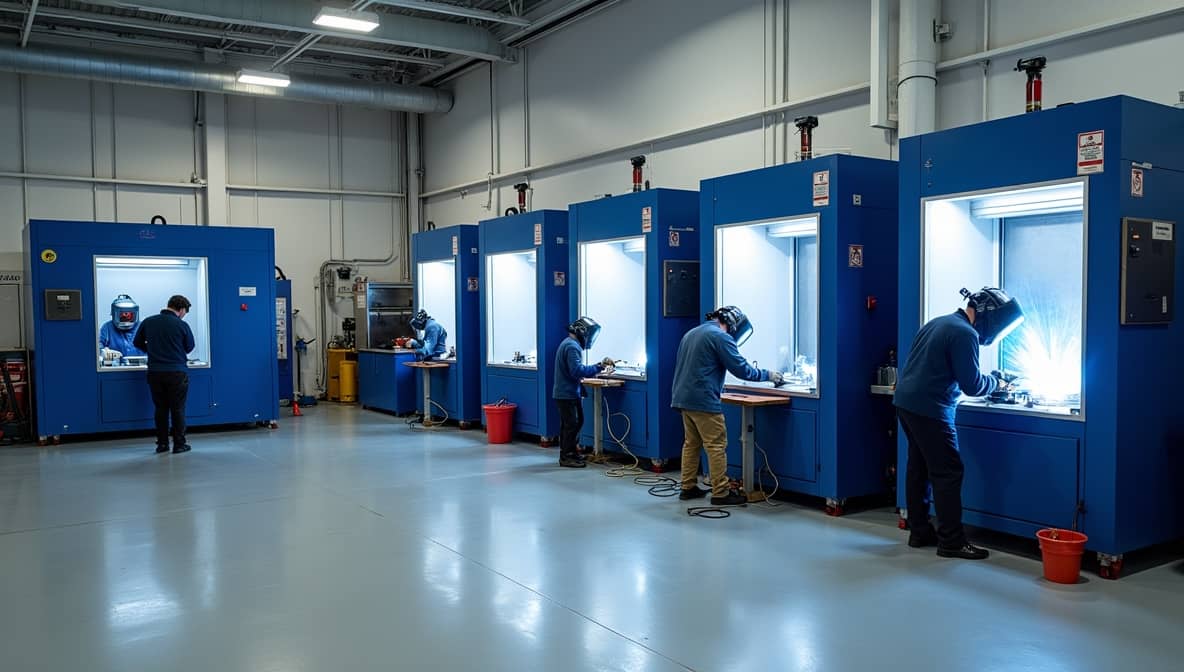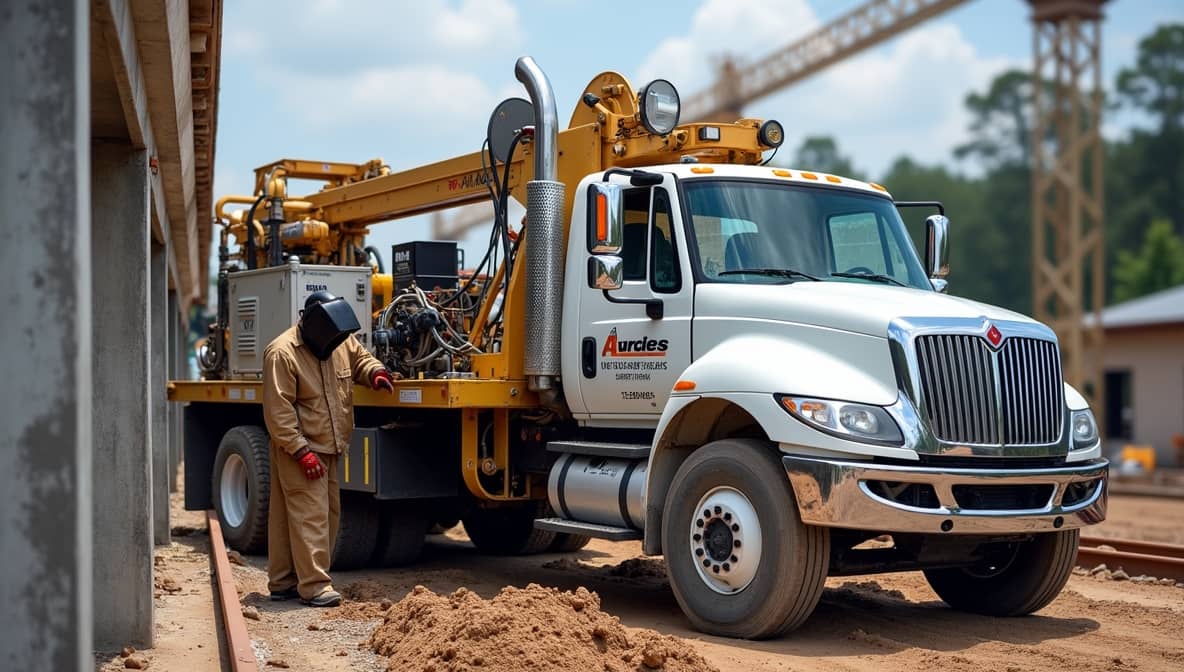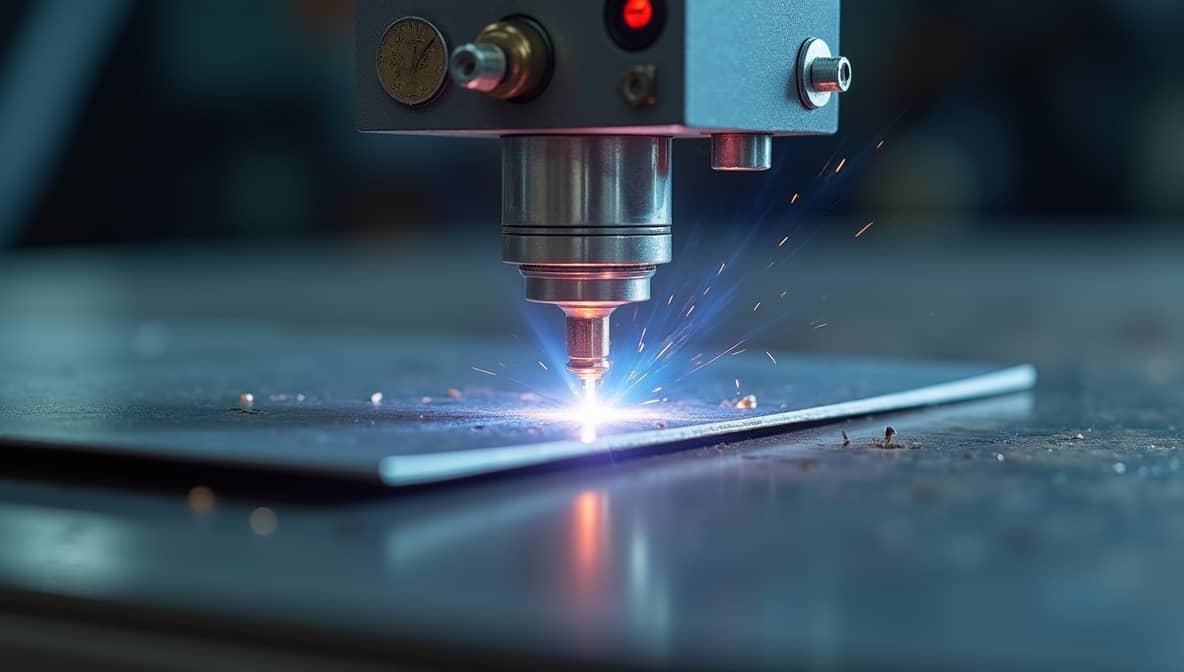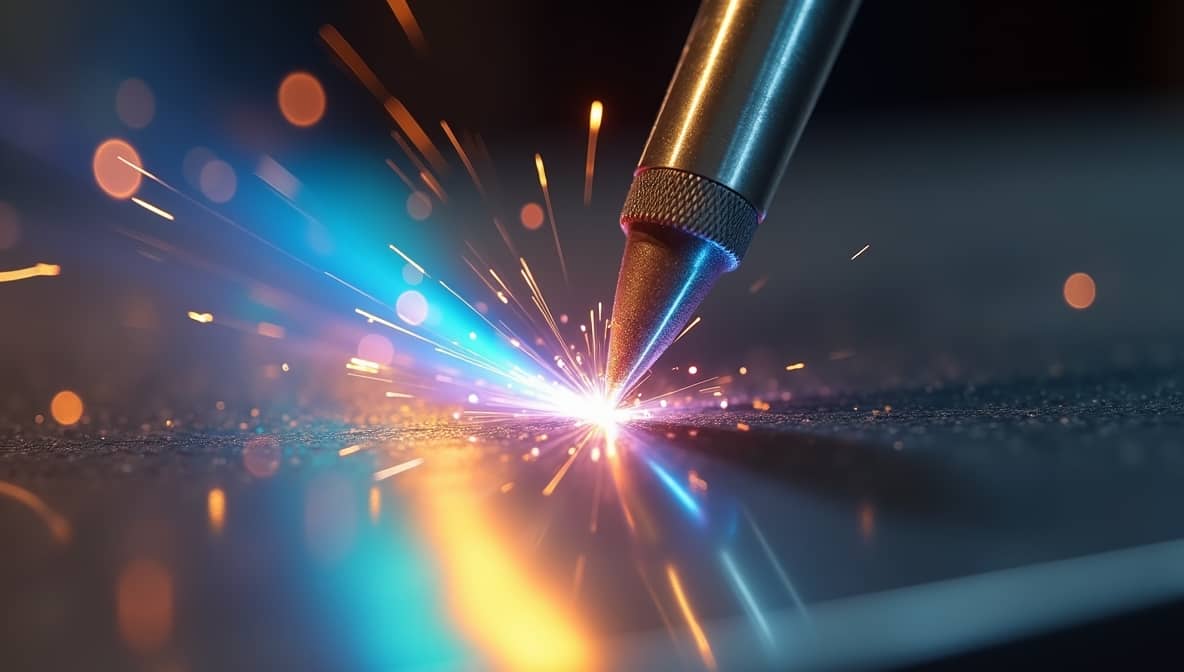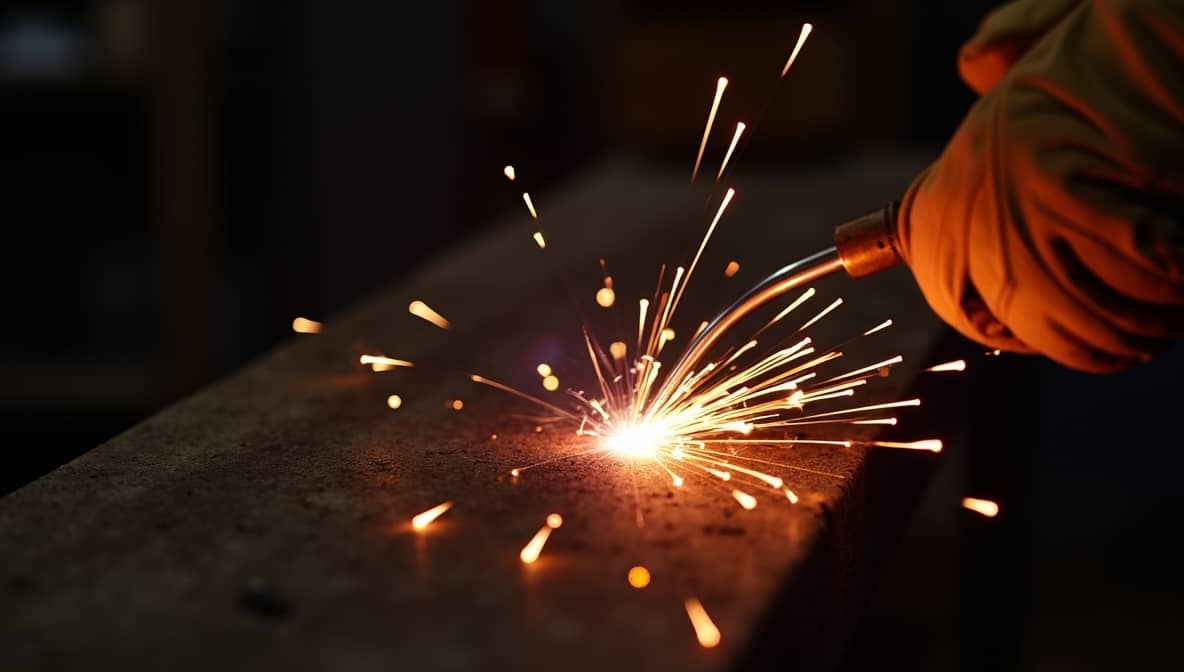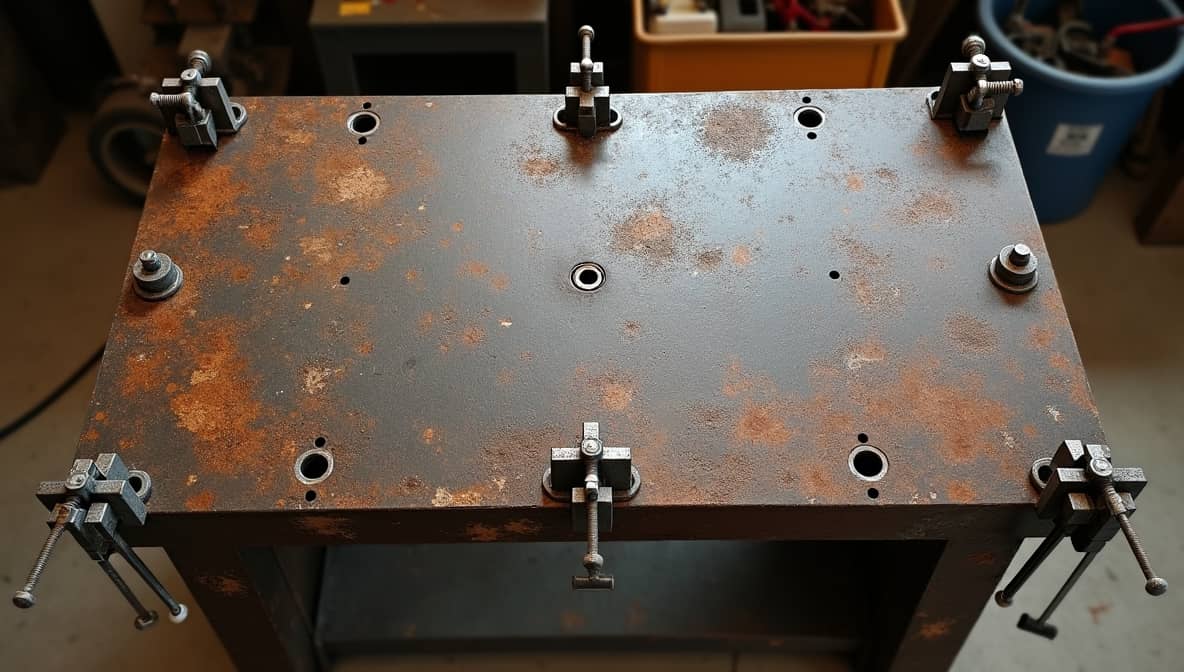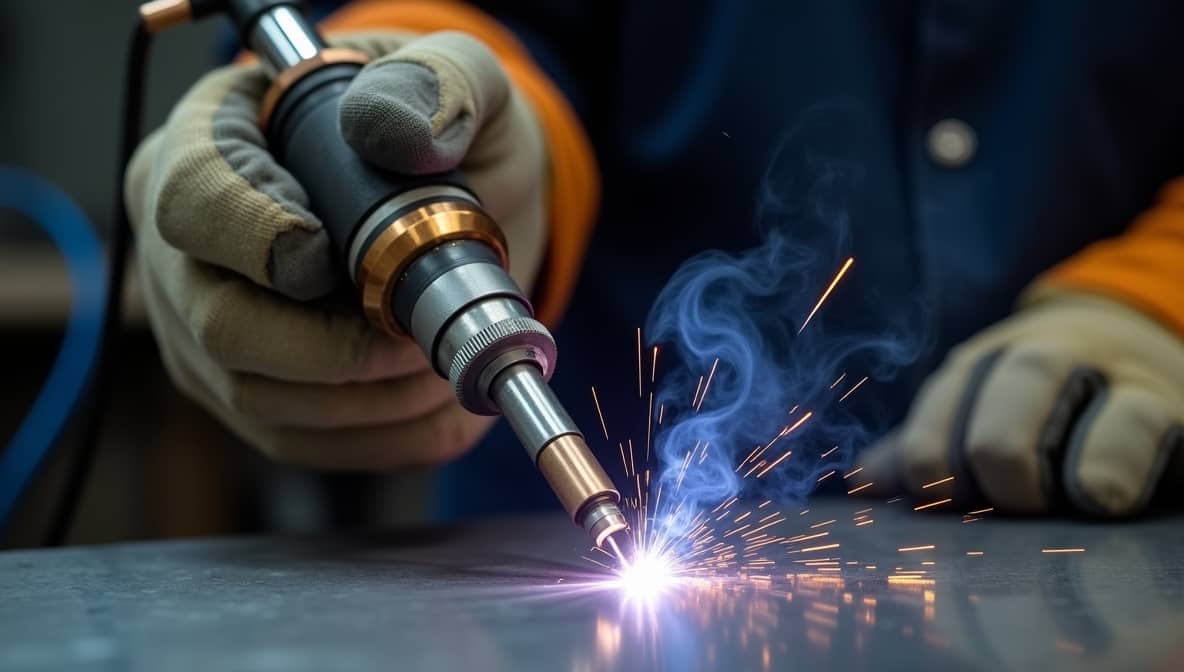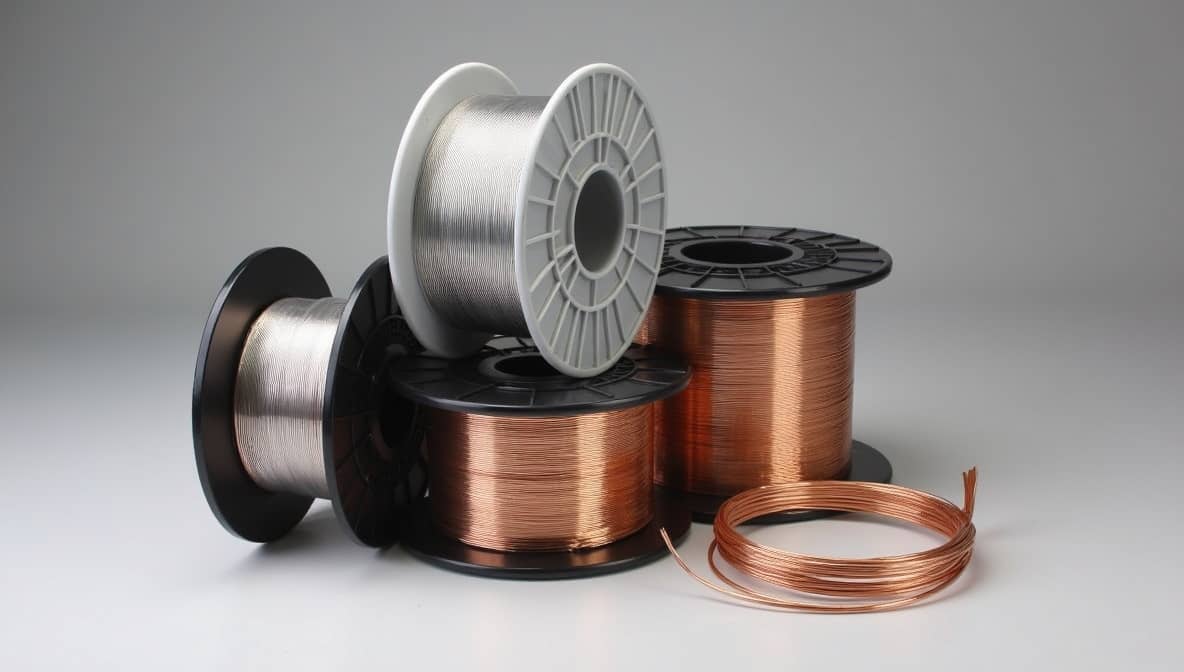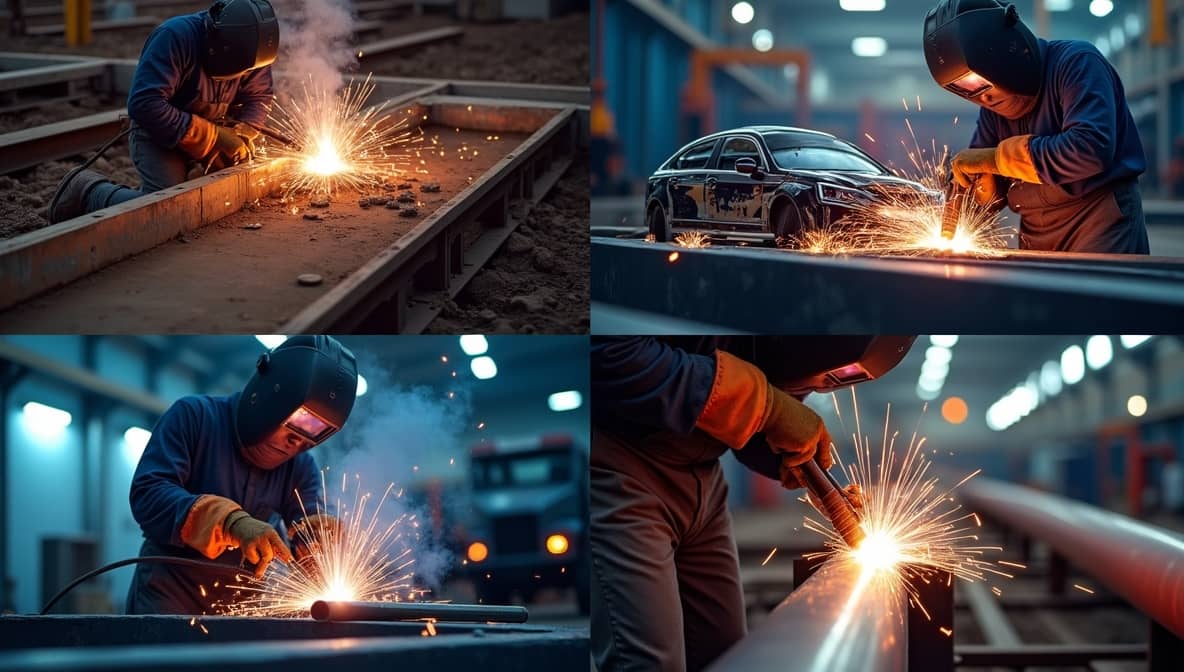Welding Wisdom for Professionals and Beginners Alike.
Start from herePrecision Welding Insights at Your Fingertips
Building Stronger Connections through Welding
Explore Welding
Discover comprehensive resources across all welding disciplines. From beginners looking to start their journey to professionals seeking advanced techniques, WeldingHubs has you covered.
Aluminum Welding
ExploreARC Welding
ExploreWelding Certificate
ExploreWelding Classes
ExploreElectrode
ExploreEngine Welding
ExploreWelding Equipment
ExploreFlux
ExploreGas Welding
ExploreHelmet
ExploreWelding Job
ExploreWelding Machine
ExploreMIG Welding
ExplorePipe Welding
ExploreWelding Process
ExploreSafety
ExploreWelding School
ExploreWelding Service
ExploreSpot Welding
ExploreStainless Welding
ExploreStick Welding
ExploreWelding Table
ExploreWelding Technology
ExploreTIG Welding
ExploreWelding Training
ExploreUnderwater Welding
ExploreWelding Wire
ExploreUses of Welding
ExploreLatest Articles
TIG Welding 050 Aluminum: Tips, Techniques, and Settings for Thin Aluminum Success
To TIG weld .050 aluminum, use AC polarity and clean the surface well. Set the amperage to about 80 amps with 1/16” cerium tungsten and a 5356 filler rod. Adjust…
TIG vs. MIG Welding Aluminum: Techniques, Pros & Cons in a Welder Showdown
MIG welding aluminum is easier and more cost-effective than TIG welding. MIG may have lower joint quality and needs a spool-gun or a compatible MIG machine, such as the YesWelder…
“Syncrowave 180 SD Aluminum Welding Settings: Master TIG Torch and Machine Setup”
For aluminum welding with the Syncrowave 180 SD, set the amperage to 130 amps for 1/16” thickness and 160 amps for 1/8”. Use a 3/32” green tungsten and a gas…
TIG vs MIG Welding Aluminum: Techniques, Advantages, and Which is Better?
MIG and TIG are two welding processes for aluminum. MIG welding is quicker and easier to learn, making it best for thicker materials. TIG welding offers better control and precision,…
Master the Steps to Welding Aluminum: Essential Tips and Techniques for Beginners
To weld aluminum, start by cleaning the surfaces and removing oxide. File the edges for a proper fit. Use a pushing welding technique at a 10 to 15-degree angle. Make…
Stack of Dimes Welding Aluminum: Essential Techniques and Tips for Beginners
The “stack of dimes” in aluminum welding is a pattern that looks like stacked coins. This effect happens when cooling rates differ and create unique bead shapes. To achieve it,…
Spot Welding vs Riveting Aluminum: Pros, Cons, and Best Applications for Sheet Metal Joining
Spot welding fuses aluminum pieces using heat, creating a strong, seamless join ideal for thin materials. Riveting connects aluminum with mechanical fasteners called rivets, leaving visible seams. Spot welding is…
SWPS for Aluminum Welding: Essential Guide to Quality and Compliance Benefits
The Standard Welding Procedure Specification (SWPS) for aluminum outlines key variables for Gas Tungsten Arc Welding (GTAW). It applies to aluminum alloys like 5083, with gauge thicknesses from 10 to…
Spray Arc Welding Aluminum: A Beginner’s Guide to Techniques and Tips
Spray arc welding is a technique that uses an electric arc to spray molten aluminum from an electrode wire. This molten metal fuses with a base material, typically thick aluminum….

